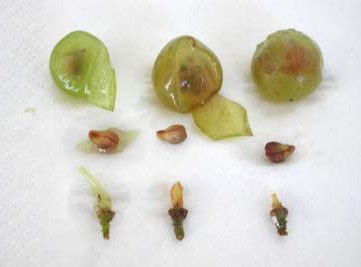Flash Heat Treatment Shown to Benefit Vines and Wine
Many advances pioneered by the dairy industry have improved winemaking in the cellar, but when it comes to using flash or instantaneous heat, it all starts in the vineyard. Flash pasteurization was first applied to milk in 1933. Sixty years later, flashbake ovens made their debut and, shortly thereafter, the adoption of frost prevention and thermal pest control techniques for winegrowing began making news. Fast forward two decades and you’ll find the latest generation of Thermal Plant Treatment (TPT) technology gaining interest from Oregon to Monterey. After three years of rigorous trials by Walnut Creek, Calif.-based AgroThermal Systems, trials show that patented flash heat treatments to vines are producing a host of benefits that extend well beyond the disruption of pest lifecycles. Read the article here: Flash Vine Treament






